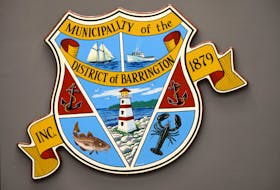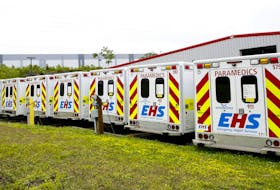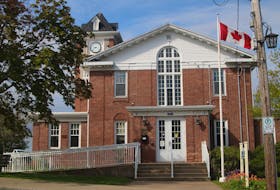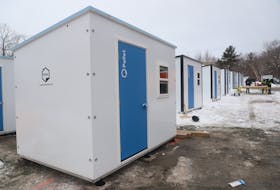The Town of Antigonish seeks to offer its residents access to the cleanest drinking water possible. In order to ensure that, the town will be implementing a cross-connection control program to make sure no contaminants are entering its water.
“What we are trying to do is prevent potentially harmful materials from inadvertently coming into contact with the public water supply,” CAO Jeff Lawrence said in a file released by the Town from Antigonish.
Lawrence described the program as a “risk management initiative,” noting that backflow devices are required in the regulations of the Department of Environment and the National Building Code.
The program is focused on preventing contamination in town water systems. Contamination refers to both non-toxic and potentially toxic material.
Contamination can result from cross-connections of piping – situations where potable water supply lines are connected to lines that contain contaminants. It can also result from backflow or back-siphonage – terms that refer to situations where water can potentially flow back into the water supply, as a result of events like changes in pressure caused by repairs, water breaks or firefighting.
The water utility for the Town of Antigonish has approximately 1,600 metered water connections and the vast majority of those – a little more than 80 per cent – are considered at a low risk of contamination. The program is focused on three degrees of risk – low, medium and high. Information released by the Town of Antigonish stated that many of the necessary devices to ensure water quality are likely already in place. The town will be demonstrating that those devices are there, are tested and work.
As far as a timeline is concerned, Lawrence said “we want to focus on the higher-risk connections first, and work our way down to the lower risk connections,” adding that for meters that are considered high-risk, the timeline is 90 days to carry out the necessary work. For medium and low-risk meters, timelines are still under development.
The primary concern of the cross-connection control program is larger commercial and industrial properties. Residential properties, such as houses, constitute far less risk.
Connections that are potentially high-risk include buildings with sprinkler systems, and buildings that are used for funeral homes, doctor’s offices, dentist’s offices, laboratories and nursing homes.
In order to continue to provide our residents with safe, clean drinking water, the Town of Antigonish is implementing a Cross Connection Control Program for our Water Utility. What... https://t.co/SwuLGkDxsa
— Town of Antigonish (@AntigonishTown) July 20, 2018
Ken Proctor, director of public works for the Town of Antigonish, said the areas of greatest concern include buildings “where things can decay, or there is potential bacteria growth,” where that can become exposed to water, adding that “it’s about risk, and activities that bring on risk.”
Water connections that could potentially pose a moderate risk include ones found at residences with pools, restaurants, apartments and buildings used for commercial or industrial purposes.
Although the average residential homeowner probably shouldn’t be concerned, Proctor said there are some potential scenarios where problems could arise.
“Some people may not be aware some of the things they are doing could inadvertently cause problems,” he said using someone filling a pool with a hose as an example of a route by which contaminants could get into other lines, via backflow.
Proctor noted such scenarios are certainly “not the biggest risk.”
Potential backflow scenarios can be prevented by installing a number of devices which include an air gap; a reduced pressure principle assembly and a double check valve assembly.
Lawrence said that under the program, customers will be responsible for those backflow devices, making sure they are installed and tested on an annual basis.
He added that “backflow systems must be tested annually because the devices have internal seals and springs that are subject to wear and fatigue, which can compromise their effectiveness.”
Proctor said that the amount of work necessary and the cost of properly equipping a water meter follow guidelines will depend on the size of the waterline in question, and the kind of activity going on at that particular property.
“That’s going to require certified installers to assess what the plumbing is like, and the appropriate device to deal with that specific meter – it’s site-specific.”








